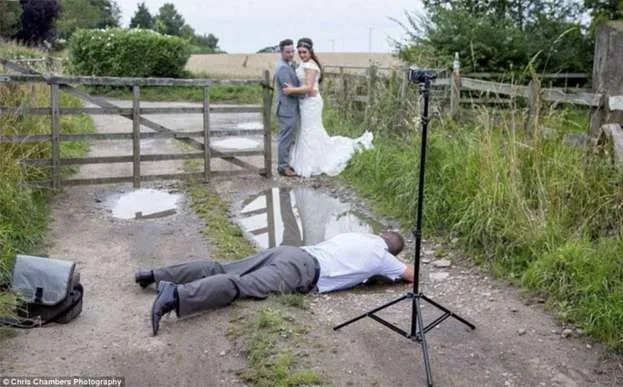After taking some time to think about it, you decide to take up photography. After all, you’ve taken plenty of pictures before and they turned out great. How hard can it be, right?
So you spend countless hours on Amazon, buy yourself a top-of-the-range DSLR camera and all of the other equipment you need (or thought you needed), and you finally set off into the wilderness in search of that perfect picture. That awe-inspiring, beautiful picture you can hang over your mantelpiece and humble brag to friends and family about it being one of your original images.
But despite the seemingly low barrier to entry, photography is probably one of the most technically challenging hobbies (or professions) you can take up.
Trans4mation Photography is a fine art, Annapolis Wedding Photographer serving Maryland, Baltimore, and Washington DC.
The challenges can be extraordinary. From spotting the seemingly perfect opportunity, but not being able to capture it due to poor lighting. Or seeing an awesome image in waiting in the distance, but being unable to capture it because your lens can’t zoom that far. Check out this guide about Photography Tips for capturing amazing photos.
Putting aside failing equipment or impossible circumstances, sometimes you just have to get downright dirty to capture that perfect moment.

These challenges, among others, led us to want to create the best resource for both amateur and professional photographers alike. We’ve scoured the web to find all of the best resources available online, hand picking only the most informative articles that will help you capture the perfect moment and allow you to learn how to take beautiful pictures every time. So sit back, relax and enjoy the ultimate guide to taking beautiful pictures.
Table of contents: In this guide, you will learn some really great techniques that are guaranteed to help you take beautiful pictures every time. We’ve broken it up into 6 topics and have found all of the best articles available on these topics. We’ve even included a bonus chapter, teaching you how to take beautiful photographs on your phone, for those times when you spot a perfect frame, but find yourself camera-less!
Table of contents: In this guide, you will learn some really great techniques that are guaranteed to help you take beautiful pictures every time. We’ve broken it up into 6 topics and have found all of the best articles available on these topics. We’ve even included a bonus chapter, teaching you how to take beautiful photographs on your phone, for those times when you spot a perfect frame, but find yourself camera-less!










